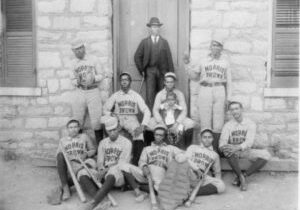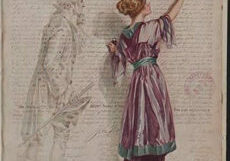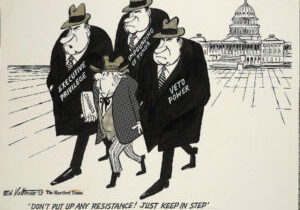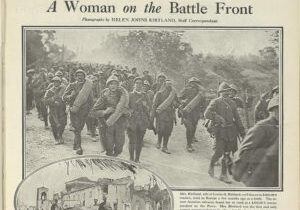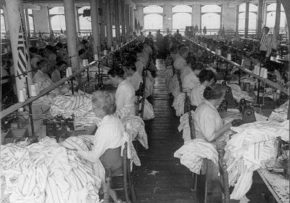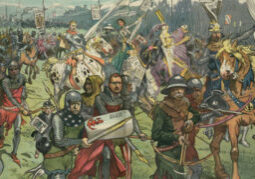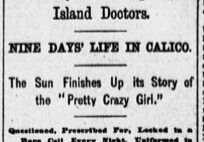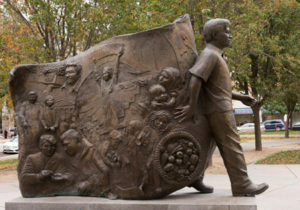Lesson Plans
The American Dream
Students analyze, interpret, and conduct research with digitized primary source documents to define, present and defend their ideas about what the American Dream has been in different times. After, students consider their own American Dream – for themselves, their families and loved ones, their community, their nation and the world.
African American Identity in the Gilded Age: Two Unreconciled Strivings
Students explore their personal identities, then analyze primary sources to examine the tension experienced by African Americans as they struggled to establish a vibrant and meaningful identity based on the promises of liberty and equality in the midst of a society that was ambivalent towards them and sought to impose an inferior definition upon them. After, students choose a subject from one primary source and bring this speaker into the present to talk with the class about his or her observation of today's world compared with his or her own.
Suffrage Strategies: Voices for Votes
Students examine a variety of primary source documents related to the women's suffrage movement to identify different methods people used to influence and change attitudes and beliefs about suffrage for women. Students then create original documents encouraging citizens to vote in current elections.
Gender Equality
Students analyze primary sources to explore news coverage of women’s rights and how people have used media to bring attention to their causes. After, students research and report on a modern-day social movement that has gained attention through citizen journalism and social media.
Covering Watergate & Furthering Transparency
Students analyze primary sources to learn the role of investigative reporting had in uncovering the Watergate affair and keeping citizens apprised as the story unfolded. After, students create their own front-page news story on a modern-day example of investigative journalism that furthered transparency on an issue.
Female Journalists of World War II & Today
Students analyze primary sources to investigate how female press corps broke barriers and challenged public perceptions during World War II. After, students research and report on a contemporary woman journalist who is providing news coverage in a war zone to keep citizens informed.
Triangle Shirtwaist Factory Fire and Migrant Workers
Students analyze primary sources to investigate how the press covered the treatment of sweatshop and migrant farm laborers in the early to mid-1900s. After, students plan an investigative news segment that explores how workers are treated today.
Investigative Journalists: The Muckrakers
Students analyze primary sources to learn about the muckrakers, a group of journalists at the turn of the twentieth century who were among the first in the press to expose social and economic injustices through investigative reporting and photojournalism. After, students write a short news article on a current issue with a social justice focus.
Covering Mental Health
Students explore how the press brings awareness to problems and helps support reform efforts through analysis of primary sources on the mental health reform movement of the mid-nineteenth century spearheaded by activist Dorothea Dix and journalist Nellie Bly. After, students create their own front-page news story about a mental health issue facing Americans today.
Cesar Chavez & Good Citizenship
Using Cesar Chavez as an example, students read articles, analyze primary sources and create living pictures to consider how good citizens contribute to their communities and work together to affect change.

